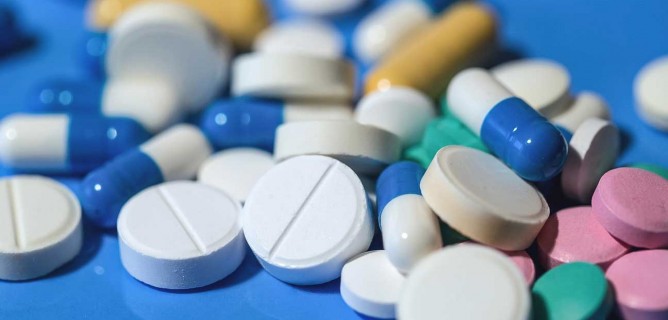By Dr. Annette Zaharoff
While I was at the University of Wisconsin last month for the 22nd annual Prolotherapy and Research Symposium, President Trump declared the opioid addiction crisis is officially a national public health emergency.
There is no doubt we must do something. According to the Centers for Disease Control and Prevention (CDC), more than 64,000 people died from drug overdoses in 2016, which is a whopping 21 percent increase versus 2015. Prescription painkillers, fentanyl, heroin and other opioids were responsible for three out of four drug overdose fatalities.
The crisis was a hot topic for more than 100 physicians attending the symposium, where we heard the latest research in how Prolotherapy injections are proving to be a safe option for dealing with musculoskeletal injuries and pain.
Prolotherapy and other Regenerative Injection Treatments – such as Platelet-rich Plasma Therapy and Stem Cell Therapy – are non-narcotic, non-addictive, non-surgical treatments that can be used to deal with a variety of issues, from low-back pain and knee osteoarthritis to joint pain and more.
Consider a study presented at the symposium on Prolotherapy treatments for chronic low-back pain. My friend Dr. Liza Smigel from Hawaii has seen some remarkable outcomes, with 60 percent of patients treated showing improvement. These are people who have been dealing with low-back pain for anywhere from two to 14 years.
Using a caudal injection, administered through the tailbone, many got relief from the pain with Prolotherapy, a mixture of dextrose (the body’s own naturally produced sugar) and lidocaine. The study is scheduled to be published soon in a peer-reviewed medical journal.
True, that is just one study. Also presented at our conference was a meta-analysis study, looking at the results from several studies, that concluded that Prolotherapy is effective in treating certain musculoskeletal injuries. This is the highest level of research affirmation possible.
I have been practicing Regenerative Injection Treatments for more than a dozen years, The results I have seen support the research. Prolotherapy, PRP Therapy and Stem Cell Injections can reduce pain, promote healing and help people to function better. Often, these treatments are paired with an effective physical therapy regimen.
As a sports medicine physician, I may need to prescribe narcotics to help patients deal with pain. I am very stingy with these prescriptions, however, because I am well aware of the dangers. That’s why Regenerative Injection Treatments seems to be an obvious, viable option for addressing this crisis. Unlike opioids, these treatments also promote healing.
The sticking point is the out-of-pocket cost to patients, as Regenerative Injection Treatments are not yet covered by health insurers. It is not because the science doesn’t support the effectiveness of these treatments. It is a good question to ask your own insurance carrier.
But the out-of-pocket costs are nothing compared to what we are spending. According to a 2016 CDC study, the cost of the opioid epidemic is estimated at $78.5 billion, with health care and substance abuse treatment costs accounting for more than one-third of that figure.
We simply can’t afford to turn away from real solutions to fix this crisis in our country. The cost in dollars, in our quality of life, and in actual lives, is just too high.
Dr. Annette “Dr. Z” Zaharoff heads the Non-Surgical Center of Texas, focusing on non-surgical treatments to relieve pain and repair injuries. A former professional tennis player who competed on the WTA circuit, Dr. Zaharoff has been utilizing regenerative injection treatments including Stem Cell Therapy, PRP Injection Therapy and Prolotherapy for more than a decade. Learn more about her at www.drzmd.com. You can follow her on Facebook at www.Facebook.com/DrZaharoff.

